Growing herbs indoors is an excellent way to have fresh, flavorful ingredients all year round. It's especially useful for those who live in apartments or areas with limited outdoor space. However, when it comes to indoor gardening, providing the right light is crucial for plants' growth and development.
This article will guide you through growing herbs indoors using artificial lights to ensure healthy, thriving plants.
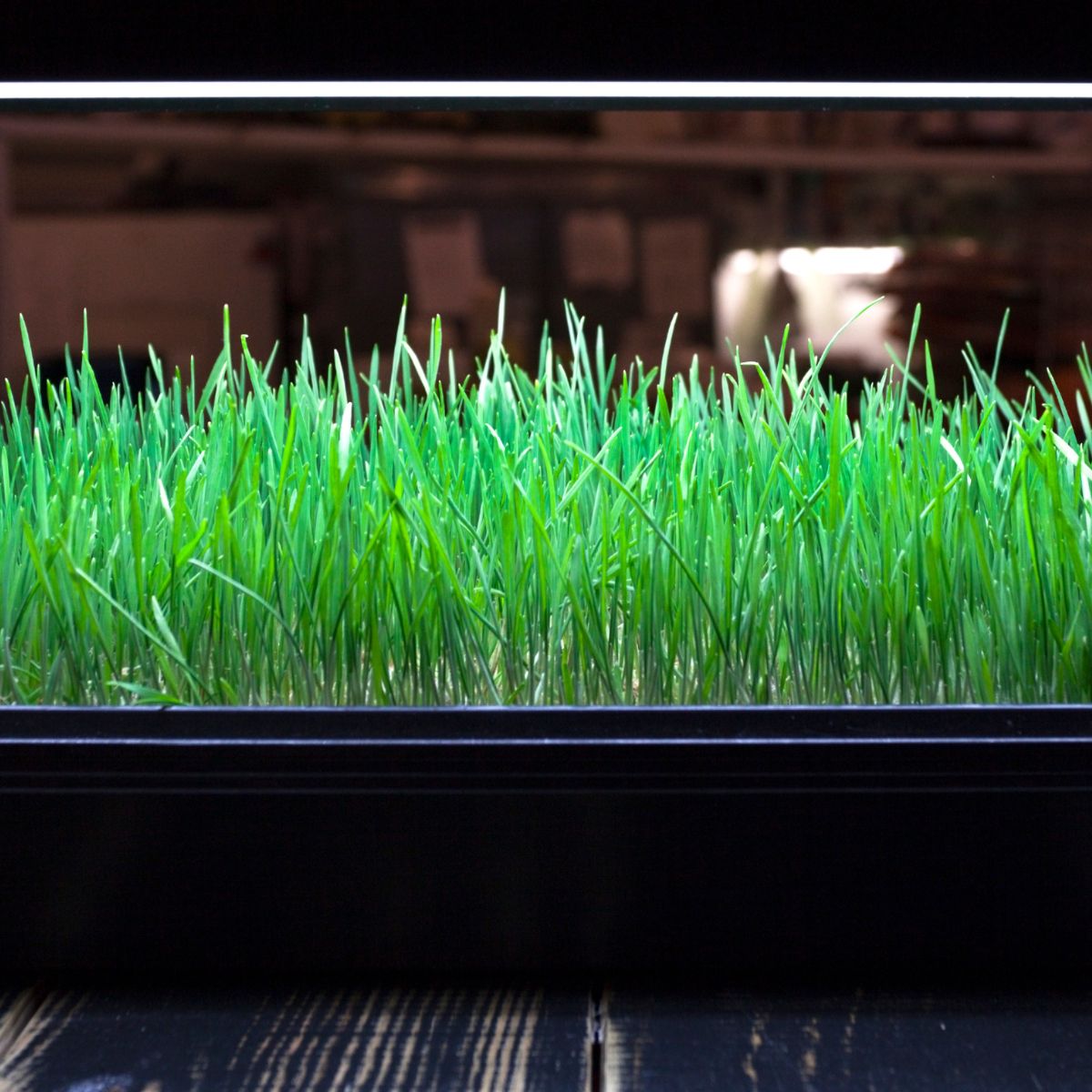
Read Next
- What Do You Need To Grow Herbs Indoors
- Step-by-Step Guide to Grow Herbs Indoors with Artificial Lights
- Planning Your Herbs
- Think About Where You Will Be Placing Your Herbs
- Choose Your Artificial Lights
- Set Up Your Indoor Garden
- Care For Your Plants Regularly
- Lighting Tips To Consider
- Kinds Of Artificial Lighting
- Placing Your Lights
- Conclusion
- 💬 Feedback
What Do You Need To Grow Herbs Indoors
What, then, do you need to start? Not much. The bare essentials are light, water, a planting medium, and space in your home. Some people can even grow them in areas as small as window sills and shelves.
For herbs to grow continuously, they should have enough exposure to light. Continuous growth means a continuous supply of herbs. If grown indoors, the herbs can also thrive using artificial light.
With artificial light, you can grow herbs indoors the whole year round. No more waiting for the seasons. Here's a helpful guide for you to grow your herbs with artificial lights.
Step-by-Step Guide to Grow Herbs Indoors with Artificial Lights
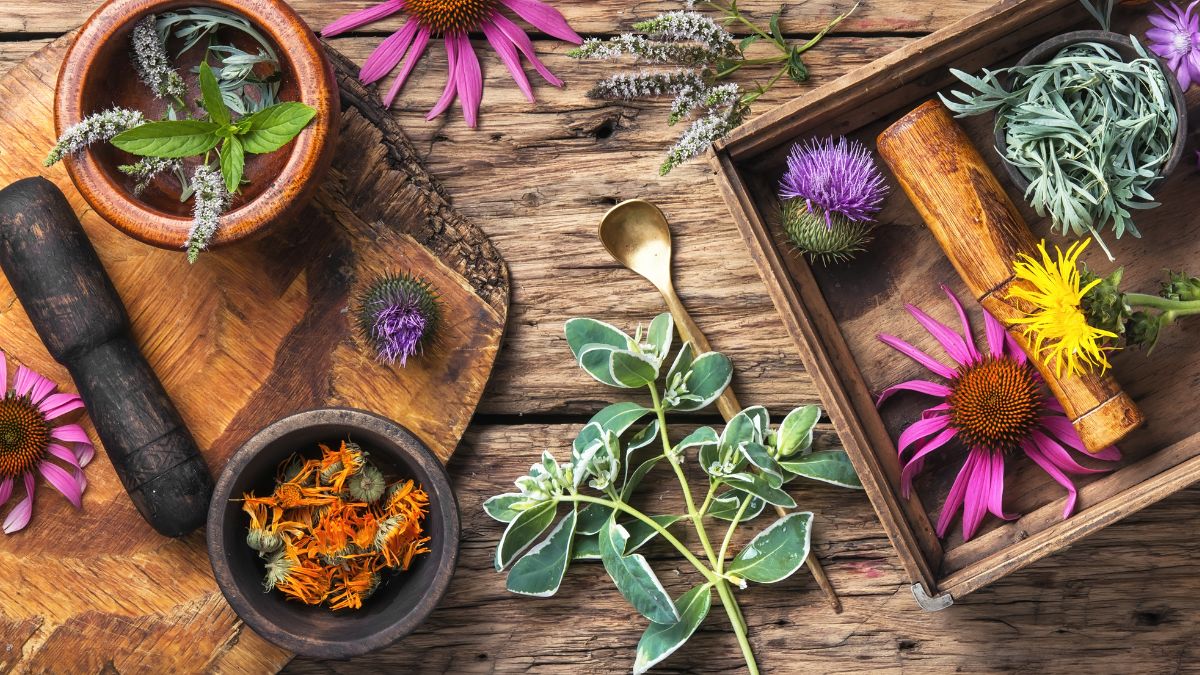


Planning Your Herbs
What are the herbs most essential to your kitchen? Consider the herbs to be grown in planning for your indoor herb corner. All herbs will not thrive in the same conditions.
Some do well in dry and cool surroundings. Some are particular about moisture, while others prefer brighter or dimmer lights. The types of light and the planting medium will depend on the herbs you want to grow in your garden.
Think About Where You Will Be Placing Your Herbs
After choosing what herbs to grow indoors, as is important where to grow them.
- Attics are not advised as the temperature is often hot.
- The ground floor of your home could do well, but usually, it hardly has enough space for the endeavor.
- Basements could be the ideal setting because there are fewer temperature fluctuations there. Growth conditions can also be easily controlled, regardless of the season.
- You can grow herbs in almost any container. You could have them on racks or shelves which are near windows. But the most important thing to consider is light.
Growers should expect slow or zero production if there is less-effective lighting.
Also, choose a place for your herb garden where you can have easy access to the plants. Watering and caring should not be a space problem. When transferring plants in large containers, make sure there is ample space. Water sources should be safe, functional, and practical.
Choose Your Artificial Lights
An essential part of an indoor growing garden is light. To enjoy regular harvests, you should choose the right lighting. The type of light will determine how well your herbs will survive. It will also determine how healthy your herbs will be.
Different herbs need different types of lighting to grow well. But on average, most herbs need at least 16 hours of light to supplement their growth. Your light's intensity is also a factor to consider. A lot of herbs need a high intensity of light to grow well.
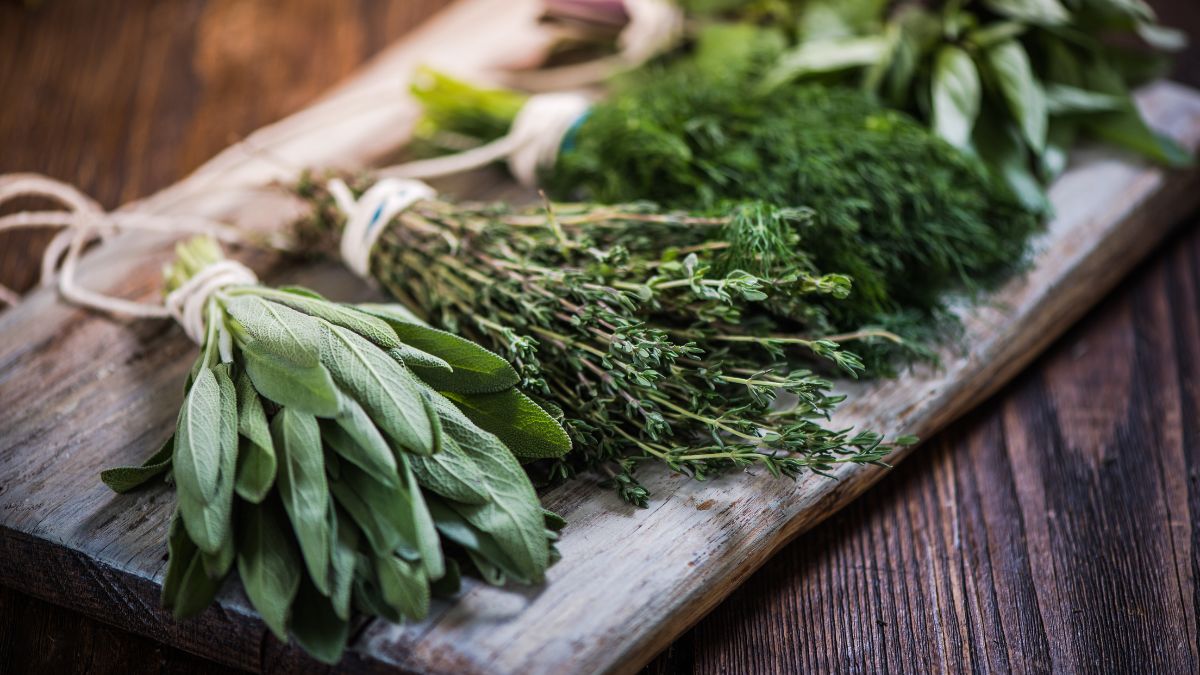


Set Up Your Indoor Garden
The convenience of indoor lighting for plants is that you can grow them anywhere in your home.
- Never grow your plants close to heat sources like a heat vent or a furnace. Herbs also need a sufficient amount of humidity to thrive.
- The right space should also be between your herbs and the light source. It's easy to determine this with a simple test. Place your hand between the light source and the plant. If you feel any warmth from it, then the light is too close.
- What type of soil is ideal for your plants? Determine the pH level of the soil. Most herbs favor soils with 6 0r 7 pH levels. Place your plant in compost-based soil mixed with other healthy components. For beginners, starting with plants growing on soil is recommended. It is less expensive.
Care For Your Plants Regularly
To see your garden up and growing, you must provide good care to your plants.
- When growing herbs, don't start your seeds under intense light. Wait for your seedlings to show their first true leaves first. Then you can transfer them to a space with more light. Quick-growing herbs will not regenerate when picked. If you need a constant supply, you will need fresh seedlings.
- After initial planting and the soil becomes dry, water the herbs thoroughly. Do this until you observe water coming out of your pot's bottom.
- Never over-water indoor herbs, as this may lead to the plants becoming waterlogged. This, in turn, may lead to mildew disease.
- Nourish your plants with occasional doses of fertilizers. Fertilize your herbs every two weeks based on the type of fertilizer. Feed the plants when you see them actively growing. Never overfertilize, as this may kill your plant.
- Harvesting the herbs regularly will not damage the plant. Rather it will even promote continuous growth and longevity. It's also good to also trim the plants regularly to prevent them from flowering.
Lighting Tips To Consider
So far, we have discussed different topics to help you know how to grow herbs indoors. We've discussed lighting as an essential requirement for plant growth.
In the absence of sunlight, planters can resort to artificial lights. These are now available in many garden stores. Here are more tips for you to think about:
Kinds Of Artificial Lighting
Incandescent Grow Bulbs
Although you can use incandescent grow bulbs as a light source for indoor plants, they are the least effective. But they are also the cheapest option.
They aren't durable enough and do not provide the full sunlight spectrum. They can still help grow herbs but may not reach their full potential.
Fluorescent Grow Lights
Fluorescent Grow Lights are a better option. But, they still do not have the full light spectrum required to maximize the growth of plants. Fluorescents have the T5 system to provide the necessary spectrum but are very expensive.
LED Grow Lights
LED Grow Lights come next, and these are energy efficient. They also offer the ideal range of light spectrum needed for herb growth. Price-wise, they are more expensive than the first 2 options.
Full Spectrum Plasma Lights
These lights are extremely expensive. That is their downside. But its upside should more than makeup for the price. It is the next best thing to sunlight regarding full spectrum and UV/infrared light. Also, they are far more capable than LEDs.
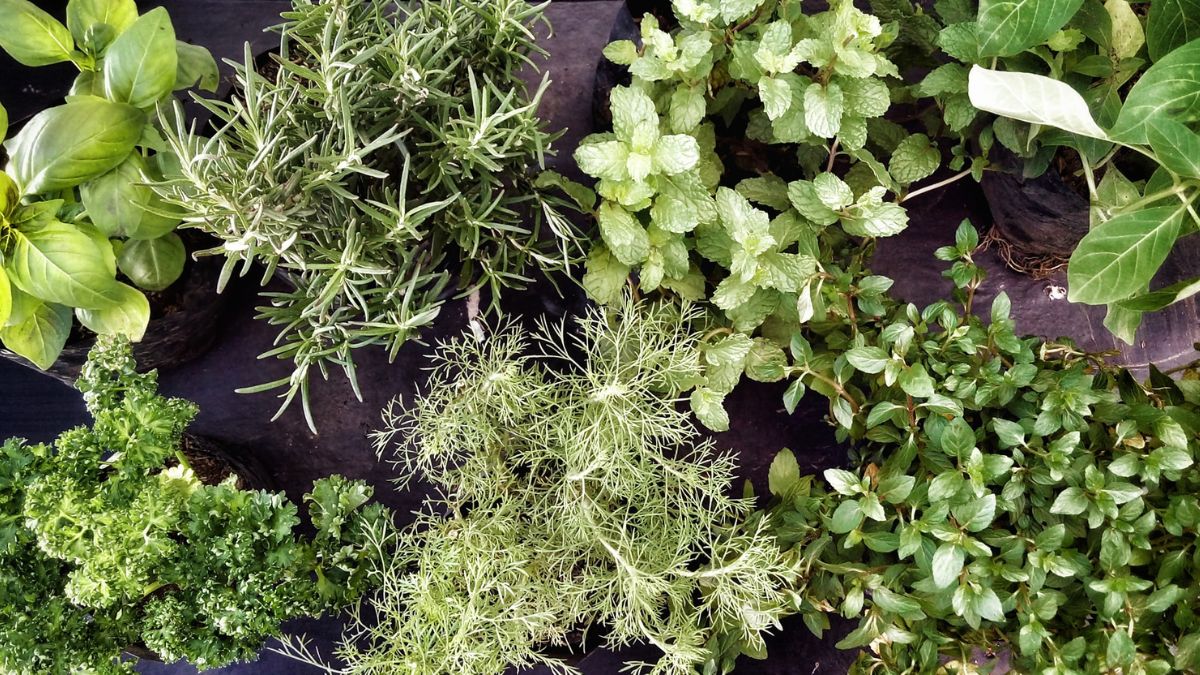


Placing Your Lights
Artificial Lights
- Position your artificial lights directly about your plants. That is the best way to imitate natural sunlight. This also allows your herbs to grow evenly.
- Direct artificial light above the plants isn't required if it only adds to natural light. You can angle the lights. During seasons with less sun, leave the artificial lights on for up to 16 hours daily. This compensates for the abated sunlight.
Incandescent Lights
Position incandescent lights about 12 inches from your plants. They should be relatively far because they emit heat rays that could damage the plants.
LED Lights
LEDs have a lesser heat signature. You can position them about 6 inches or so above your plants. As the herbs grow, make the necessary adjustments on these distances.
Conclusion
In conclusion, growing herbs indoors using artificial lights is an excellent way to enjoy fresh, flavorful ingredients all year round, regardless of outdoor space limitations. You can cultivate a thriving indoor herb garden by selecting the appropriate herbs, choosing the right artificial lighting, setting up a suitable indoor garden, and understanding the specific lighting requirements.
Remember to maintain your garden by regularly watering, fertilizing, and pruning your plants. With patience and care, you'll enjoy the benefits of fresh, homegrown herbs, adding a touch of nature and delicious flavors to your culinary creations.

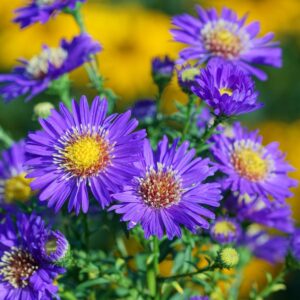
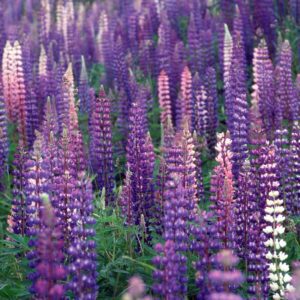
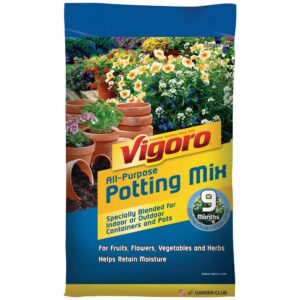
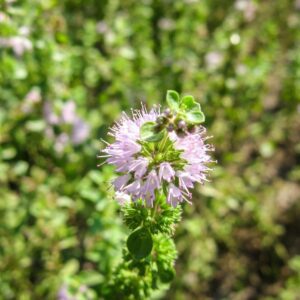
Comments
No Comments